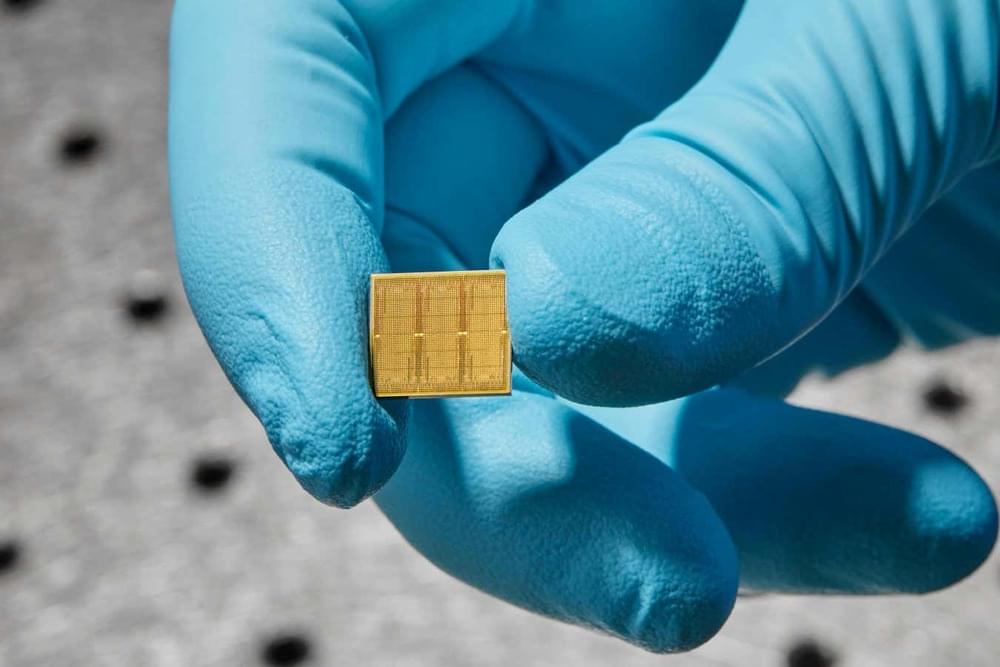What would you guess are the two biggest killers in the world? Based on media coverage, maybe you guessed gun violence, accidents, or COVID-19.
But the top two killers are actually cardiovascular disease and cancer. These two diseases combined account for nearly 50 percent of deaths in the US.
Cardiovascular disease and cancer seem to be quite different on the surface. But newly discovered parallels between the origins and development of these two diseases mean that some treatments may be effective against both.








